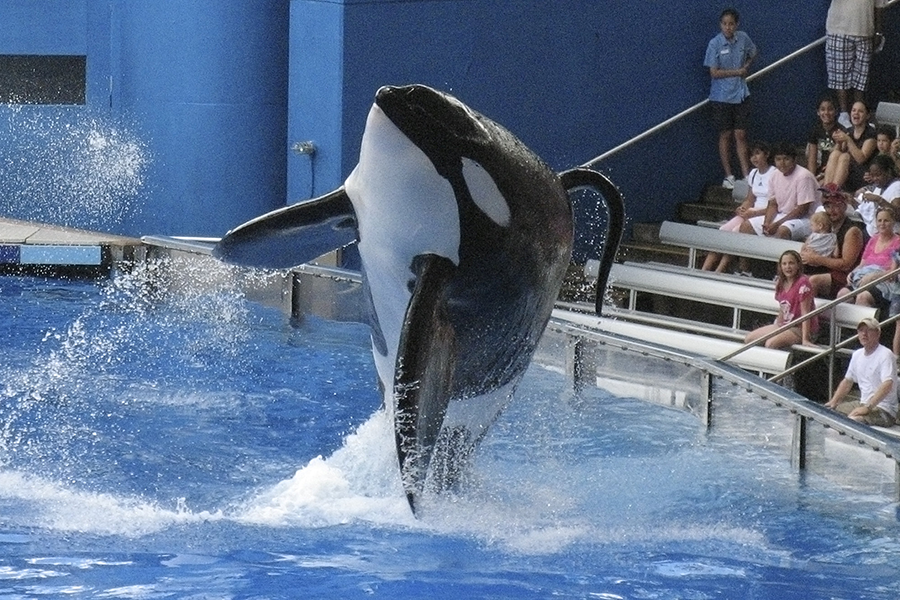Tilikum legacy: How one orca changed SeaWorld
Loading...
Tilikum, the killer whale profiled in a 2013 documentary that argued against keeping orcas in captivity, died at a SeaWorld facility in Orlando on Friday, December 30.
Perhaps the world's best-known orca, Tilikum spent much of his life delighting children at seaquariums, but his story was also marked by tragedy, as he became the symbol of the cruelties of captivity for animal-rights activists and much of the public. His story has been credited with catalyzing the movement that ultimately drove SeaWorld Parks and Entertainment to put an end to its iconic orca shows.
Park officials say they believe that the whale, who was born in the wild before being captured and kept in Canada’s Sealand, was probably around 36 years old, which is typical for a male orca.
"Tilikum had, and will continue to have, a special place in the hearts of the SeaWorld family, as well as the millions of people all over the world that he inspired,” said SeaWorld President and CEO Joel Manby in a statement.
The orca’s story was often a tragic one, involving three human deaths in three separate incidents. The film that documented those incidents, “Blackfish,” stoked a movement that questioned the ethics of keeping wild animals in captivity – a movement that is likely to outlive Tilikum.
In 1992, Tilikum and two other orcas kept a part-time trainer at Sealand of the Pacific in British Columbia, Canada, from getting out of a pool into which she had fallen. The trainer, Keltie Byrne, eventually drowned. Six years later, after Tilikum was purchased by SeaWorld, a man who snuck into the park at night was found dead atop the orca in a breeding tank. And in 2010, park trainer Dawn Brancheau drowned after Tilikum pulled her off a platform by the arm and held her underwater during a live show in Orlando.
The last incident became iconic for the animal-rights movement after the release of “Blackfish,” which argued that captivity caused the whales to grow more aggressive toward humans and each other, leading several entertainers to back out of performances at SeaWorld parks and activists to step up demonstrations. It eventually led to the park’s March announcement that it would end its orca breeding program, as The Christian Science Monitor reported at the time:
SeaWorld’s decision to end its orca breeding program shows that shifting public attitudes around animal welfare can and do influence how businesses treat animals, conservationists say.
The announcement on Thursday comes amid growing scrutiny of how animals in captivity are treated. Spurred by the release of such documentaries as 2013's “Blackfish,” advocates and the public alike have called on policymakers and industry leaders to take greater steps toward animal conservation and welfare.
SeaWorld’s decision, conservationists say, demonstrates that companies are responding to that call.
One of the park’s biggest whales, at 22 feet and 11,800 pounds, Tilikum also sired 14 calves since arriving at the Orlando branch 25 years ago. His will be the last generation of orcas to be kept at SeaWorld.
His death comes the same week as the death of 105-year-old “Granny,” a once-captive killer whale later freed in waters off of Vancouver and tracked by scientists, whose data eventually served as the underpinnings of endangered species classification.
This report contains material from the Associated Press.








